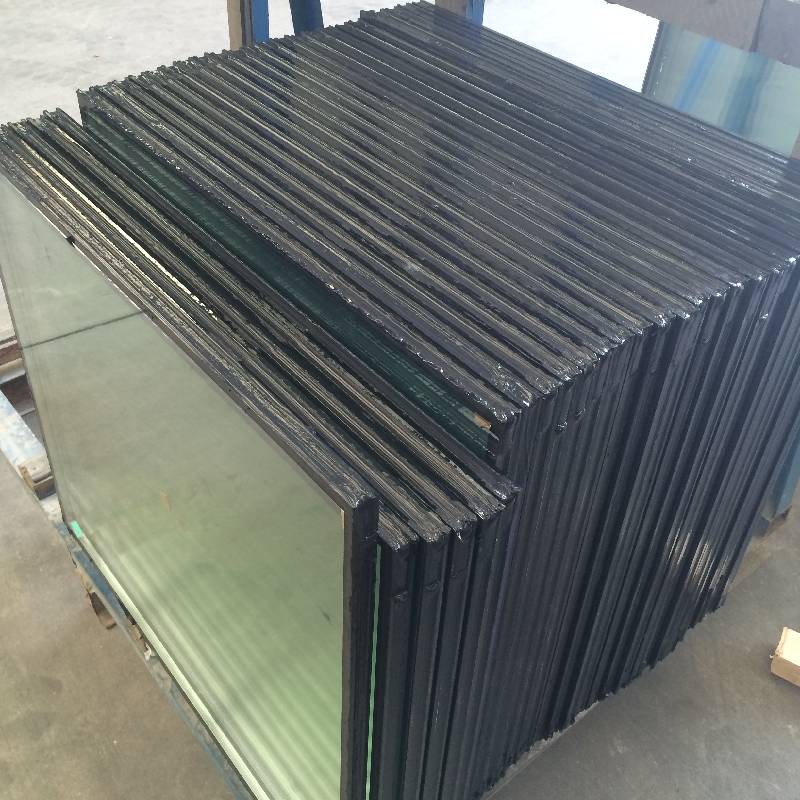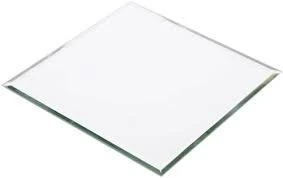Mirror glass material has emerged as a revolutionary component in various industries, offering an unprecedented blend of aesthetics, functionality, and technological advances. As its name suggests, mirror glass is a reflective surface, but recent innovations have transcended its traditional roles, integrating it into product design with heightened sophistication.

One of the modern marvels of mirror glass material is its application in architecture. Architects and designers are increasingly leveraging its aesthetic appeal and reflective qualities to create visually stunning structures. The high reflectivity of mirror glass not only enhances the visual space by making rooms appear larger and more luminous but also introduces a seamless indoor-outdoor flow. In skyscrapers, mirror glass facades are now preferred not only for their dynamic visual impact but also for potential energy-efficient benefits. The reflective surface assists in deflecting heat, contributing to lower HVAC needs and thereby endorsing sustainable building practices.
Furthermore, the automotive industry has been a pioneer in adapting mirror glass materials for their vehicles. Beyond the conventional use in rear-view mirrors, advanced mirror glass is integrated into head-up display systems, enabling projections of essential data onto the windshield. This allows drivers to access critical information without diverting their attention from the road, enhancing safety. Moreover, smart rearview mirrors equipped with anti-glare mirror glass reduce light interference, ensuring optimal vision even in low-light conditions or during nighttime driving.

In consumer electronics, mirror glass finds its niche within modern device interfaces. Today's smartphones and tablets often use specialized mirror glass to combine aesthetic appeal with durability. The smooth,
luxurious feel associated with mirror glass enhances the user experience. Its oleophobic and scratch-resistant properties ensure longevity, making it an ideal choice for devices that are frequently handled. Additionally, the integration of smart mirror technology in household items like vanity mirrors or home gym setups illustrates its capacity to adapt to changing consumer demands. These smart mirrors, equipped with integrated displays, combine functionality with style, acting not only as traditional mirrors but also as interactive digital screens.
Moreover, in the retail sector, display cases and shopfronts increasingly use mirror glass materials to attract clientele and boost sales. The reflective quality of mirror glass showcases products dynamically, ensuring they capture attention. Customizable options allow businesses to tailor their aesthetics, aligning with brand identity and enhancing customer experience once on-premises.
mirror glass material
With respect to expertise, the production of mirror glass requires a precise and sophisticated manufacturing process. The material undergoes a series of refinements to enhance its strength, reflectivity, and safety standards, including treatments to prevent shattering and coatings for scratch resistance. These advancements signify a marked improvement over traditional glass forms, demonstrating superior expertise within the materials engineering field.
The authoritative use of mirror glass material as a symbol of modernity across these industries cements its role as more than just a reflective surface. Its versatility and multi-functional applications position it as a key component in driving future innovation across sectors.
Trustworthiness in mirror glass materials is paramount. Safety is a core focus, especially where architectural uses involve human interaction. Compliant with stringent safety regulations, manufacturers guarantee product integrity, offering peace of mind for consumers and professionals alike. These assurances, backed by rigorous testing and quality standards, reinforce the trust placed in mirror glass material in everyday applications.
In conclusion, the expansive utility and aesthetic appeal of mirror glass material underscore its growing importance in contemporary design and technology. Through cutting-edge applications in architecture, automotive, electronics, and retail, it stands at the forefront of modern material science, offering practical solutions and enriching visual environments. Its adaptability and reliability continue to drive its demand across various industries, proving its indispensable role in both function and form.



